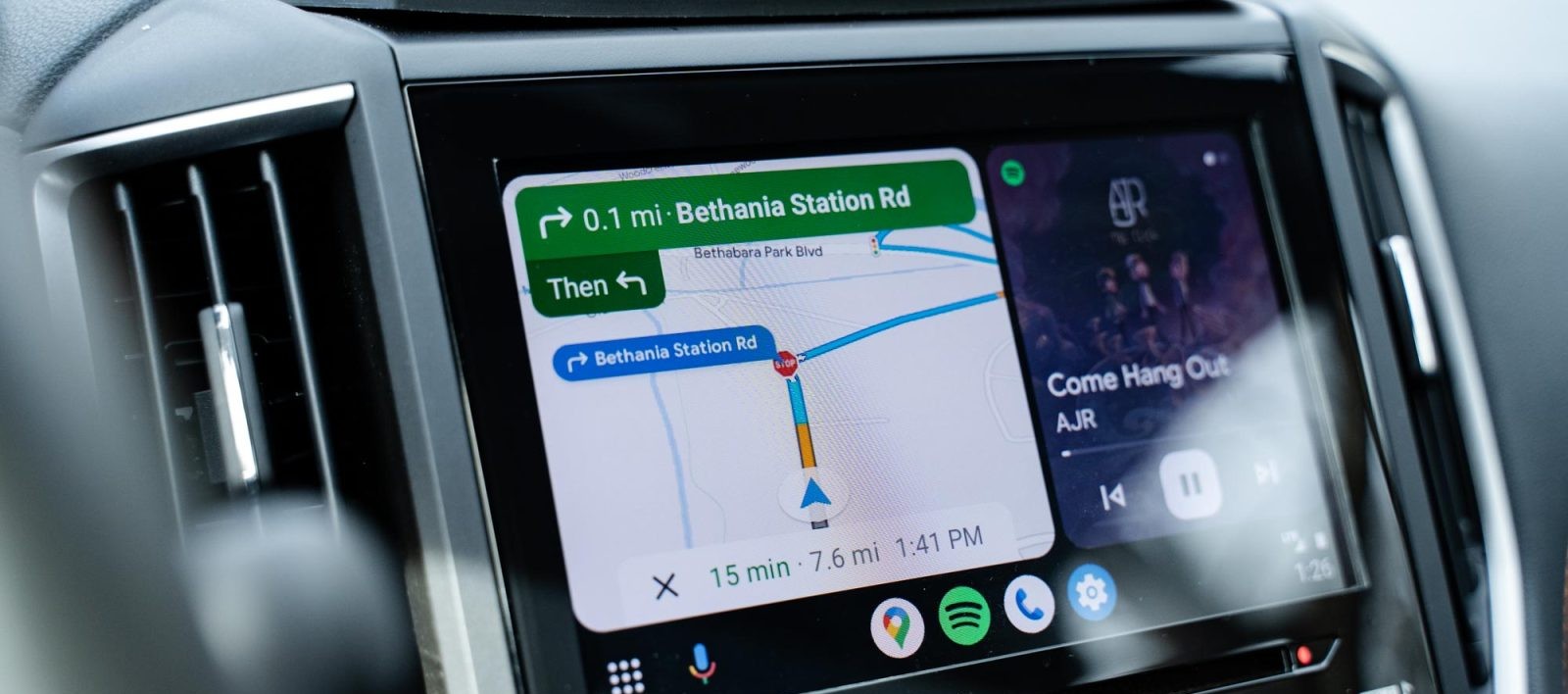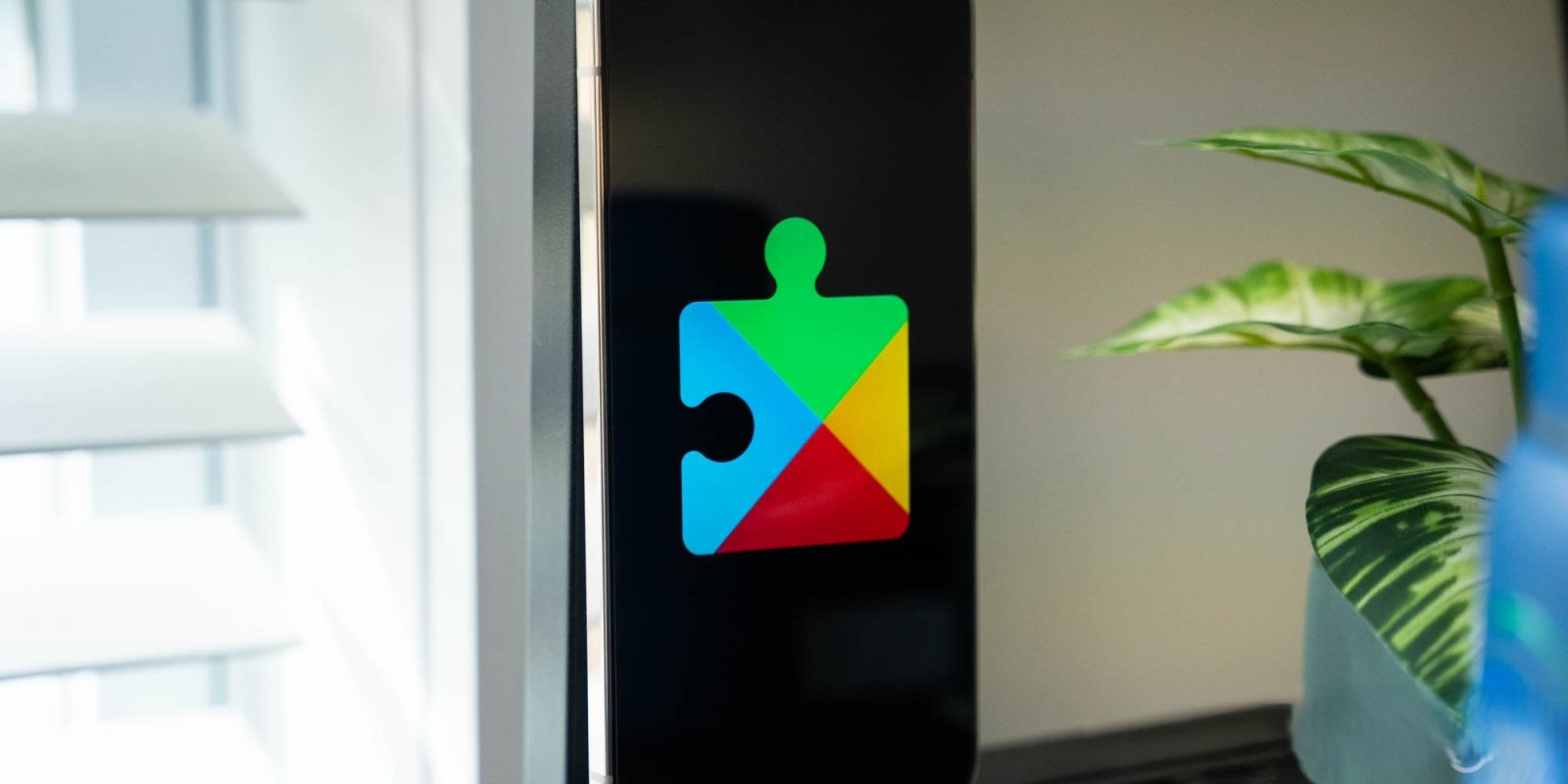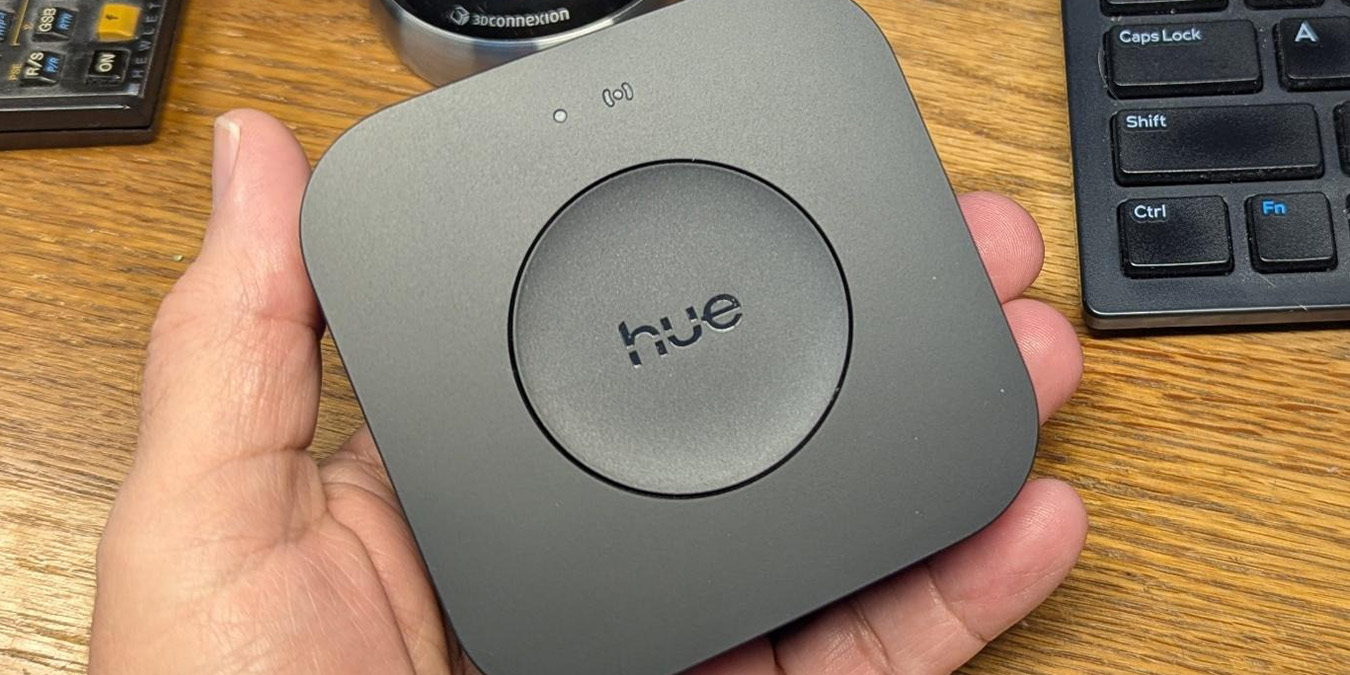Google’s Android Auto platform has recently introduced a new feature aimed at improving user interaction: a prominent exit button that allows drivers to seamlessly return to their vehicle’s native infotainment system. This addition addresses a longstanding need for a more intuitive method to switch between Android Auto and the car’s built-in interface.
Background and Evolution of Android Auto
Since its inception, Android Auto has been designed to integrate smartphone functionalities with vehicle infotainment systems, providing drivers with access to navigation, communication, and entertainment apps in a driver-friendly interface. Over time, Google has continually refined the platform, introducing features that enhance usability and safety.
One such enhancement was the introduction of a Minimize App button, which allowed users to run Android Auto in the background while accessing other applications. This feature transformed the app into a movable floating action button, enabling users to multitask without fully exiting Android Auto. However, this solution was primarily beneficial for users interacting directly with their smartphones rather than through the vehicle’s display.
The New Exit Button: A Closer Look
The latest update introduces an exit button located in the corner of the Android Auto interface, adjacent to the time and signal/battery status icons. This strategic placement ensures that the button is easily accessible, allowing drivers to quickly switch back to the car’s native infotainment system with a single tap. This functionality is particularly advantageous for accessing features such as radio controls, climate settings, and other vehicle-specific functions without navigating through multiple menus.
User feedback has been instrumental in highlighting the need for this feature. Many drivers have expressed the desire for a more straightforward method to exit Android Auto, especially in vehicles lacking a dedicated physical or touchscreen button for this purpose. The new exit button addresses this concern by providing a consistent and intuitive solution across different car models.
User Experiences and Vehicle Compatibility
Reports from users indicate that the new exit button has appeared in various vehicle models, including those from Toyota, Hyundai, and Lexus. For instance, a Toyota owner noted the absence of a native method to return to the car’s infotainment system while Android Auto was active, making the new exit button a welcome addition. Similarly, a Hyundai driver observed the button’s appearance, although it later disappeared, suggesting that the feature may still be in the process of being rolled out or tested.
It’s important to note that while many modern vehicles are equipped with physical or touchscreen buttons to access the car’s home screen, this is not a universal standard. The introduction of the exit button within Android Auto ensures that all users, regardless of their vehicle’s design, have a reliable method to switch between interfaces.
Safety and Usability Considerations
The implementation of the exit button aligns with Google’s commitment to enhancing driver safety and usability. By reducing the need for drivers to navigate through complex menus or rely on physical buttons that may not be conveniently located, the exit button minimizes distractions and allows for more focused driving.
Moreover, this feature complements other recent updates to Android Auto aimed at improving the driving experience. For example, the platform has introduced in-car gaming capabilities, allowing users to play games like Candy Crush Soda Saga and Angry Birds 2 while the vehicle is parked. These games automatically close when the car is in motion, ensuring that safety remains a top priority.
Future Developments and User Feedback
As with many software updates, the rollout of the exit button may occur in phases, with availability varying based on vehicle model and region. Google often tests new features with select user groups before a broader release, allowing the company to gather valuable feedback and make necessary adjustments.
Users are encouraged to keep their Android Auto app updated to ensure they receive the latest features and improvements. Additionally, providing feedback through official channels can help Google identify and address any issues, further enhancing the platform’s functionality.
Conclusion
The introduction of the exit button in Android Auto represents a significant step forward in improving the integration between smartphone applications and vehicle infotainment systems. By offering a simple and efficient method to switch between interfaces, Google addresses a common user concern and enhances the overall driving experience. As the feature continues to roll out and receive user feedback, it is expected to become a standard component of Android Auto, contributing to safer and more convenient journeys for drivers worldwide.



